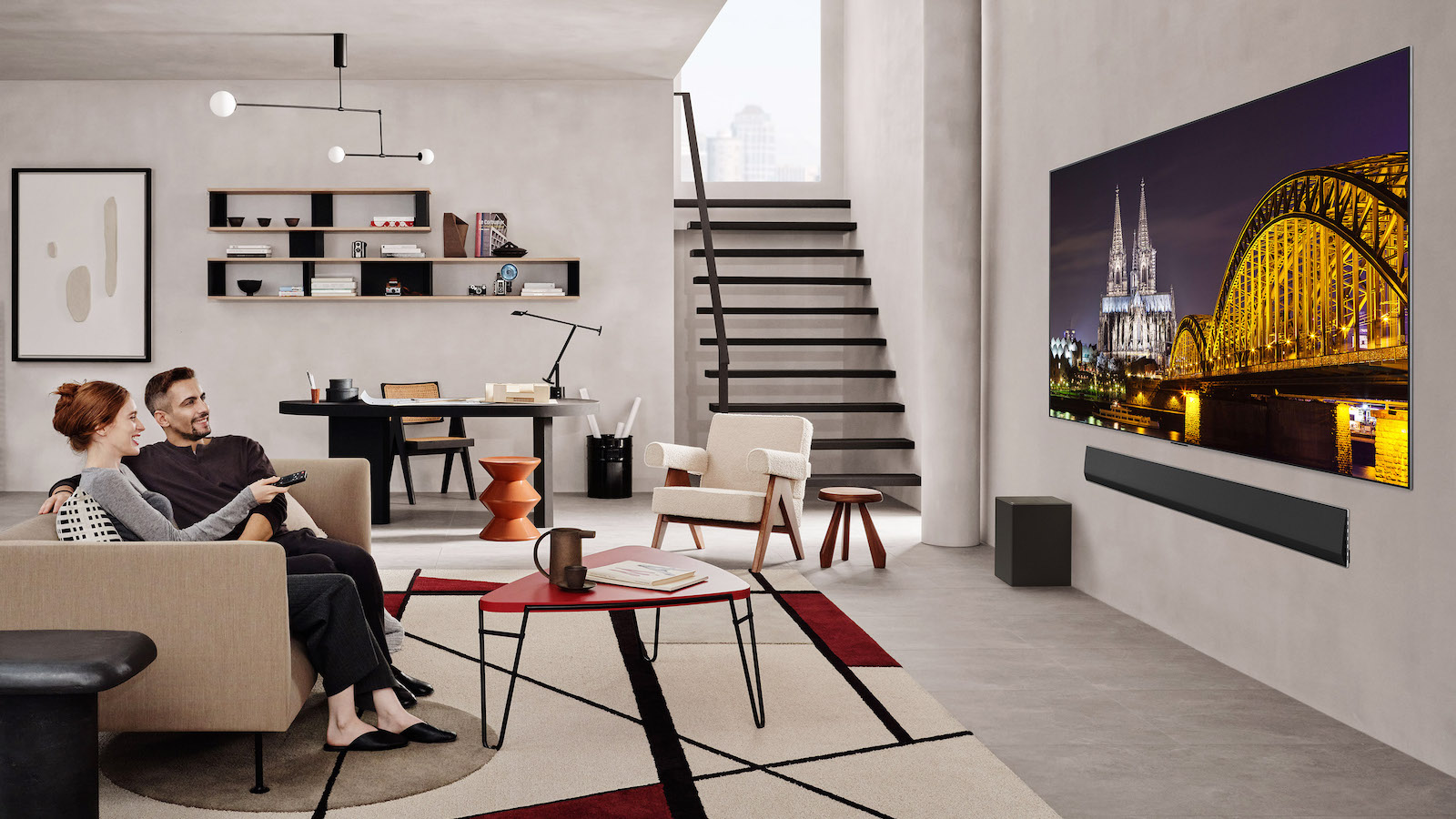
After months of rumours, we finally have early details of LG and Samsung’s new 2025 lines of OLED TVs.
The two firms both revealed details about the new OLED sets at the Consumer Electronics Show (CES 2025) in Las Vegas mere hours ago.
Specifically, LG offered early details about its flagship G5, step-down C5 and entry level B5 OLED TVs. Concurrently Samsung talked about its 8K sets and offered some hints about its QD-OLED sets.
And if you read both releases you’ll see one common connecting factor – both lines continue to have an overt focus on raising OLED TVs’ peak and general brightness levels.
According to a report from FlatpanelsHD Samsung’s big claim this year is around its QD-OLED displays, which combine the company’s Quantum Dot tech with OLED.
Specifically, the new tech seen on its latest models, which includes the fabled flagship Samsung S95F, will be able to go “30 per cent brighter” than previous versions. This means that in theory they could go up to 4000 nits in certain situations.
If the report is accurate, that’s a huge jump on the 3000 nit max brightness figure seen on the five-star Samsung S95D we tested last year. We’ve contacted Samsung for confirmation.
Meanwhile, LG followed a similar strategy, unveiling new “Brightness Booster Ultimate” hardware, which is set to debut on the G5 later this year.
We haven’t had a technical analysis of how the new tech works, but early reports suggest it replaces the Micro Lens Array (MLA) tech seen on last year’s LG G4 and means the G5 will offer 40 per cent higher “full screen brightness” levels than its predecessor.
Considering how punchy and bright we found both the Samsung S95D and LG G4 when we tested them last year, this means that, if even a smidgeon of the companies’ marketing claims rings true, then the new models will be outright cornea burners.
Sounds exciting? Myself and the wider What Hi-Fi? team thinks so, but I do have a minor concern about the news. Specifically, that both are still pushing max brightness and a high nit-count as the primary selling point for the new models.
Nits are the latest in a long line of metrics tech firms have attempted to push as an easy to understand metric for quality. The term is a measurement of luminance, so in theory the higher the number, the higher the max brightness.
To be fair, it can help picture quality in certain situations. For example, TVs with higher max brightness can in theory retain detail in some parts of the picture that show up as pure white on lower brightness sets when playing movies mastered very brightly. This is why we continue to use Pana movie mastered to 4000 nits, as a test disc when reviewing TVs, despite it being a terrible movie.
But, as I’ve argued many times before, this is one ingredient in the recipe for decent picture quality – and in my mind not always the most important.
To deliver excellent results, a TV must also offer key things including solid motion handling, accurate colours, inky blacks and decent light control. If it doesn’t do these, even if it has a high max or peak brightness, the picture won’t look authentic and offer a truly immersive home cinema experience – and that’s all before we start talking about audio, as well as picture quality.
That’s not to say the new LG and Samsung TVs won’t deliver in these areas as well – both companies made great strides improving picture quality holistically on last year’s models, based on our testing. We’re also yet to see any of them in the real world, so can’t even offer our early impressions of the new OLEDs.
But, I still find the focus on nits as the be-all and end-all a little jarring, and would have liked some more detail on other areas the two are working to improve this year, ahead of us getting them in for review in a few months’ time.
MORE:
These are the best OLED TVs we’ve tested
We rate the best TVs money can buy
Our picks of the best 65-inch TVs

